Garment Sew Along Part 3: Different Stitches in Garment Sewing
Welcome back to our sew-along! Hopefully after the last post you were able to get everything cut out and ready for construction. Before any sewing happens, I think it would be most appropriate to talk about the different stitches and techniques needed for the construction of this button up.
Something that people often forget, or do not realize, is that garment sewing has a lot of different elements-including pattern pieces, fabrics and interfacings, and even stitches. A well-constructed garment goes through several processes requiring different stitching techniques before it is ever completed. In the third post of this series, I will talk about the stitches needed for this button up, as well as my presser foot recommendations and pressing tips.
STITCHES IN GARMENT SEWING
Every stitch in garment sewing serves its own purpose. Lengths, widths, and tensions all do different things, but in the end they help make the garment look and fit beautifully. Let’s first talk about the different types of stitches and techniques that pertain to this shirt.
| STRAIGHT STITCH (#1 on BERNINA sewing machines) | |
| Purpose | This stitch will be used for all of the seaming of the button up shirt. The straight stitch is also used for edgestitching, topstitching, and understitching. It is a permanent stitch (meaning it will not be removed from the garment unless a mistake is made) and shows a consistent length between each needle penetration. |
| Applications (where is it seen) | Mainly seams, but also will be visible on the outside of the garment if used for topstitching and edgestitching. |
| Stitch settings | The stitch settings can remain as they are preset, but test first to make sure the stitch works with the fabric. The other stitches that follow may require changes to be made. |
| How to stitch it | For the seams, using Reverse-Pattern Foot #1/1C/1D will be best. Depending on personal preference, this foot could be changed to Reverse-Pattern Foot with Clear Sole #34/34C/34D or Walking Foot #50 (usually used for thicker/bulky fabrics). |
| Tips & tricks | The machine should stay set to the straight stitch for all aspects of the construction. Test the stitch on scrap fabric before sewing the project. At the beginning and end of every seam, backstitch 2 to 3 stitches to secure the seam. Needle positions, stitch length and width, and tension will be adjusted for other stitches.
All the seam allowances on this shirt are ½”, unless otherwise stated. |
| BASTING | |
| Purpose | Basting is primarily used to hold layers of fabric together/in place temporarily until a more permanent stitch is used. This stitch is removed once a seam is set. |
| Applications | Creating the ease for a sleeve to fit the armhole, hand gathering, or creating seams on a muslin garment for fitting are just a few places basting is used. You will not see the basting anywhere because it is removed throughout construction. |
| Stitch settings | Although basting is a straight stitch, the length needs to be increased significantly. I usually set mine at 5.0 mm (just remember to change it back before sewing a regular seam). This can vary, but be sure to increase to at least 4.0 mm. |
| How to stitch it | Using Reverse Pattern Foot #1 is fine, but depending on the application this might change. When basting around curves, visibility could be limited with the metal sole, so a foot like Clear Foot #34 may be better. When basting, do not backstitch at the beginning or end, and leave thread tails long! |
| Tips & tricks | The main reason for increasing the stitch length is for quick removal. The thread can be pulled out with a tug. This may be more difficult depending on the fabric, in which case use a seam ripper to rip out stitches in a few spots first.
When basting layers together or pleats in place, stitch 1/8”-1/4” shy of the seam allowance. |
| TOPSTITCHING | |
| Purpose | Stitched on the right side or outside of the project, this stitching technique can be both utilitarian and decorative. |
| Applications | As a functional stitch, topstitching is used for hemming, attaching pockets, and adding general stability to the garment’s seams.
As a decorative stitch, it highlights seams and adds a visual element to the outside of the garment. |
| Stitch settings | I prefer to increase my stitch length and tension slightly. It is important that both sides of the stitching look great, but the upper thread will be what catches the eye. |
| How to stitch it | Topstitching should usually be stitched 1/4″ away from what is being accented. For example, with the seams pictured below, the bias tape around the neckline was tacked down ¼” away from the edge. There are also two rows of stitching on either side of the shoulder seam, which are both ¼” away. Use a guide on the presser foot or stitch plate to ensure you are stitching ¼” away. |
| Tips & tricks | Using a heavier thread and increasing the stitch length on your topstitching will give off a stunning effect. If you have difficulties following a guide on the presser foot, try adjusting the needle position instead. |
| EDGESTITCHING | |
| Purpose | A type of utilitarian stitch that holds layers together and tacks down folds to cover raw edges. |
| Applications | Attaching collars, cuffs, and sleeve plackets. Also decorative feature, as it is often seen on the outside of the garment. |
| Stitch settings | Like topstitching, I typically increase my stitch length slightly for a finished stitch that is pleasing to the eye. |
| How to stitch it | While topstitching is stitched at ¼”, edgestitching is located near the edge. It is typically stitched somewhere between 1/16” and 1/8” away from the edge of the fabric, folds, or seams. |
| Tips & tricks | Using Edgestitch Foot #10/10C/10D and adjusting the needle position 2 or 3 off from center will make edgestitching a breeze. |
| EASE STITCHING | |
| Purpose | Used to create fullness (not as much as gathering) that is then eased into a sewn part of the garment-primarily sleeves. |
| Applications | Two rows of basting stitches are stitched on either side of the seam allowance on the curved part of the sleeves. The thread tails are left long intentionally so they can be pulled to create fullness/waviness. The fullness is then eased into the armhole. |
| Stitch settings | Stitch length should be increased to 5.0 mm and thread tails should be left long. |
| How to stitch it | First, the two rows of basting are stitched. Then, after the sleeve is slightly gathered and pinned into the armhole, the stitch returns to a normal straight stitch and the sleeve is set-in. |
| Tips & tricks | Matching the notches on the sleeve and armhole will help determine how much the basting stitches need to be pulled. There should not be tucks formed, but rather small bunches. |
| OVERLOCK (3- or 4-Thread Overlock) | |
| Purpose | To finish the raw edges of seam allowances. 4-thread overlock stitches can also be used for garment construction. |
| Applications | Usually only seen on the inside of garments on the raw edges of seam allowances. |
| Stitch settings | Depending on the application, 3 or 4-thread overlocker stitches can be used. |
| How to stitch it | Set your BERNINA Overlocker for whichever stitch you prefer. I use both the 4-thread overlocker stitch and the 3-thread overlock stitch using the right needle. Since there is a cutting knife on the machine, the raw edges can be trimmed, if necessary, leaving a smooth finish. |
| Tips & tricks | Depending on your preference of width, use the left or right needle for your 3-thread overlock. In the picture below, I used the right needle for a narrower, cleaner finish.
Alternatives to overlocking the raw edges might be to create flat-felled or French seams, or finished using a simple zigzag stitch close to the edge. |
Right needle 3-thread overlock edge finish
4-thread overlock edge finish
There are also two stitches I prefer to use when hand sewing. The first is the blind stitch, which is used on hems or finishing cuffs and collars. Using a hand sewing needle, take a small stitch from the garment (it needs to be small, otherwise it will show on the right side of the garment), but before pulling it tight, run it though the fold of the piece being finished. You can see in the picture below that small stitch does not appear on the outside of the garment.
The second stitch, known as the pick stitch, is a little bit quicker. Start by taking a stitch into the garment, then a stitch into the hem approximately ¼” away. This stitch is more visible on the inside of the garment, but will not be seen on the outside. In the image below, the stitching is on the collar stand on the inside of the shirt.
PRESSER FEET RECOMMENDATIONS
There are several feet that I keep on hand when I am sewing. One that is absolutely needed for this shirt, and most other garment sewing projects, is Reverse Pattern Foot #1/1C/1D. It is such a universal foot that can be used for almost anything, and it is even sweeter that it comes with most BERNINA machines.
Another foot that will be mentioned more throughout our construction is the Edgestitch Foot #10/10C/10D. This foot has a metal guide out front between both toes that glides down the middle of seams or on the edge of fabrics and folds. I use this foot for all my edgestitching, as the name implies, as well as understitching and occasionally topstitching.
One foot that is often overlooked is the Walking Foot #50. Typically used for thicker fabrics or quilting, the Walking Foot moves all the fabric at once, which is what differentiates it from BERNINA Dual Feed. While this foot moves all the layers of the fabric at once, Dual Feed moves just the top layer of fabric in conjunction with the feed dogs. I use this foot when I am working with thick wools or multiple layers. I frequently it if I am working on a piece of the garment that has been gathered and then sandwiched between several other pieces. Another application might be when lining a jacket and working with two different materials.
My final presser foot recommendation is Clear Foot #34/34C/34D. If you are obsessed with seeing your stitching like I am, this foot is a must. It becomes very handy when you need to match points exactly, sewing up to a stopping point, or pivoting on the dot. Being able to hit the mark is one of the biggest benefits with this foot!
All of these BERNINA presser feet are attachable to the BERNINA 480, which I will be using for the construction of my shirt.
PRESSING FOR BEST RESULTS
Ironing is something that is frequently overlooked, but it is crucial for helping the shirt seams look finished. A good press can relax the fabric to look more natural, and can add dimension in spots to create crisp, clean lines. For example, the armholes and shoulder seams should look natural around the curves. Steam from the iron, along with a sleeve board or a pressing ham can help relax the weave of the fabric to lay nicely. I personally like a crisp collar and pleat in the back. The iron will come in handy!
Every pattern piece is a little bit different in terms of the direction in which seams should be pressed. For instance, when piecing together a quilt, the rule is to iron towards the darker color because you are trying to hide the seam allowance. With clothing, it is more about trying to distribute the bulk in a pleasing way. Most of the seams on the Grainline Studio Archer Button Up call for the seams to be pressed towards the back. Keeping the seam allowance pressed to one side keeps the seam strong. We will find this with the sleeves, where a lot of motion occurs. Ironing the seam open is beneficial and also pretty common, but it can weaken the seam. However, with the seam open, the bulk is spread out over a greater area.
UNTIL NEXT TIME
With the next post come exciting things! Post #4 with be the start of our sewing, beginning with the left and right fronts, as well as the yokes. I will work step-by-step through the pattern steps for both View A and B.
Garment Sew-along
Part 1: Garment Sizing and Fabric Selection
Part 2: Pattern Cutting, Markings and Fitting
What you might also like
2 comments on “Garment Sew Along Part 3: Different Stitches in Garment Sewing”
-
-
Congratulations on your purchase of a wonderful machine! The built-in basting stitch #21 is a unique stitch that is great for quilt basting, but would also work for garment construction. With this stitch, the machine is programmed to take a stitch (actually penetrate the fabric) every 4 stitches. So instead of the 6mm stitch length you get when increasing stitch #1, you get a 10mm stitch length. If you are finding that is coming out right away, I would suggest bringing the bobbin thread to the top at the beginning of your stitching. This will allow you to hold on to the threads and prevent unraveling.
Are you wanting to use the 3-thread narrow overlock stitch for construction seaming or edge neatening? This stitch would be excellent to finish off seam allowances you have already constructed. If you wanted to use an overlock stitch for construction, I would recommend a 4-thread overlock stitch or a combination stitch using the chainstitch. The more threads you use, the stronger the stitch will be when it comes to overlocker stitches. Hope this helps!
-
Leave a Reply
You must be logged in to post a comment.
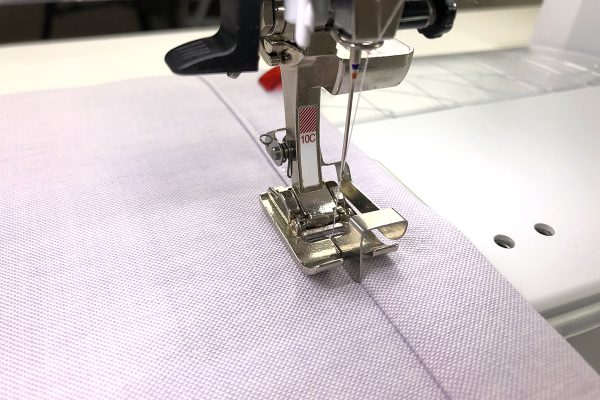
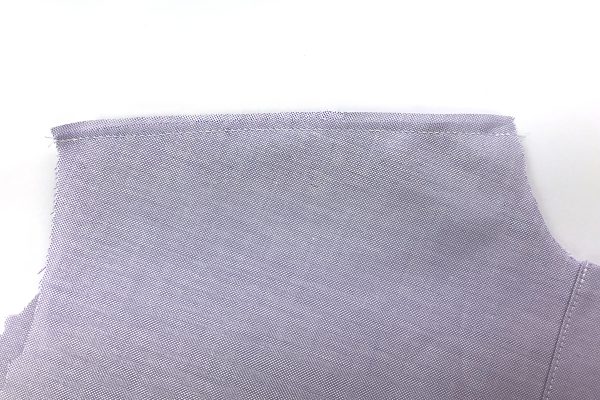
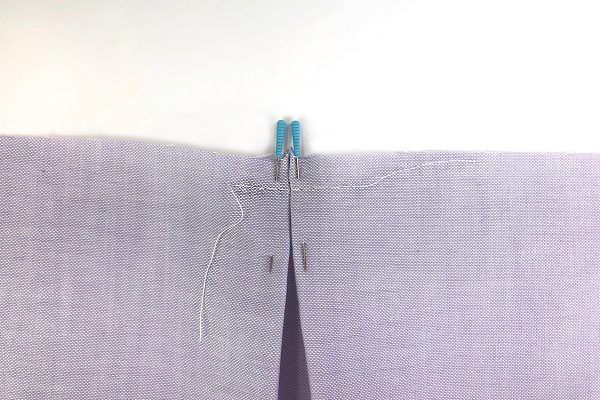
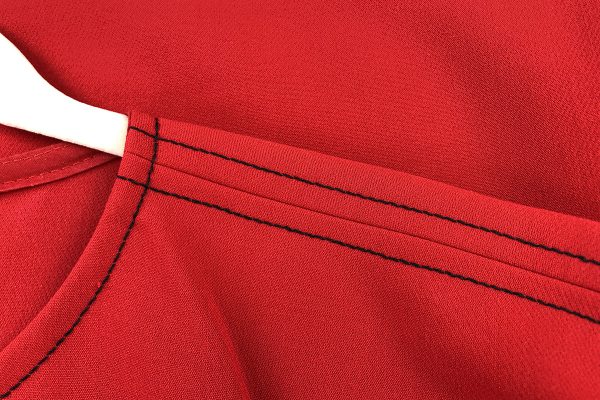
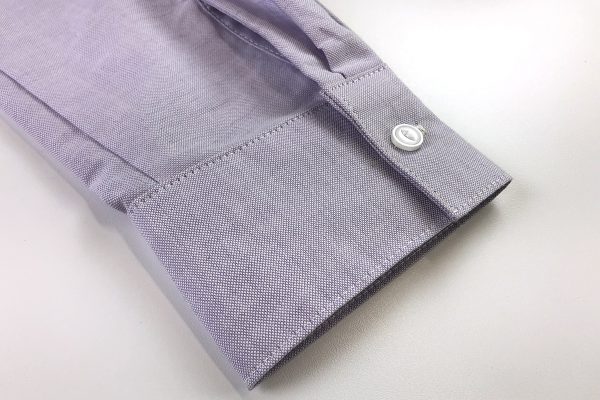
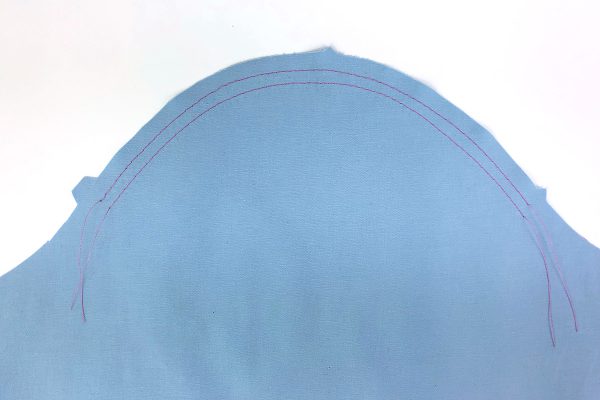
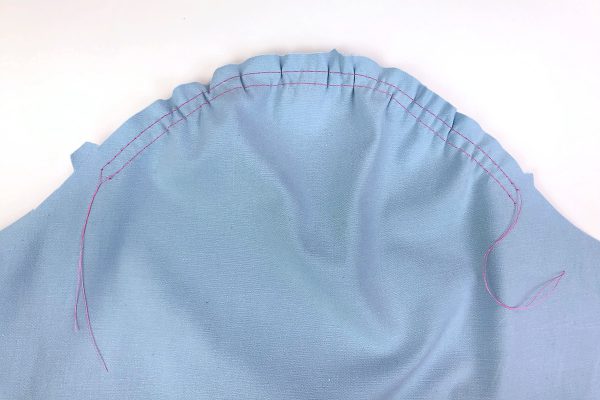
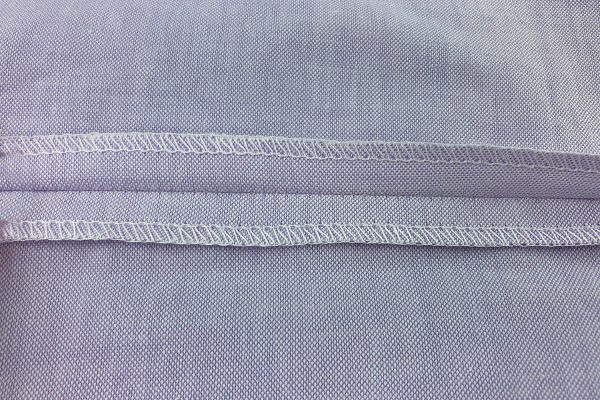
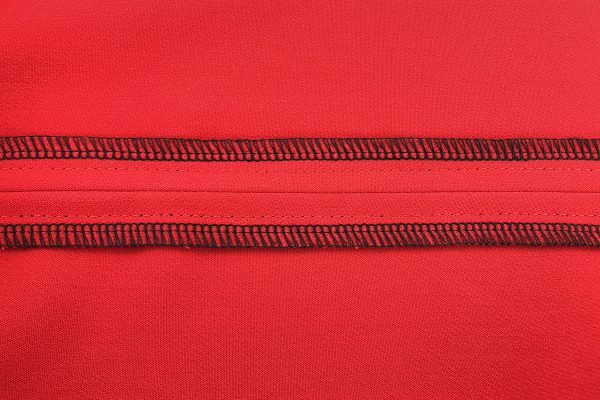
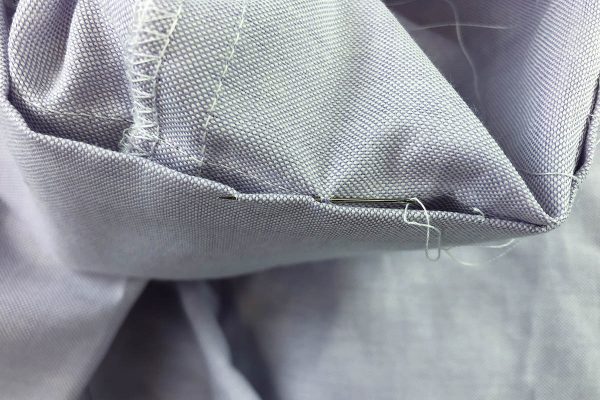
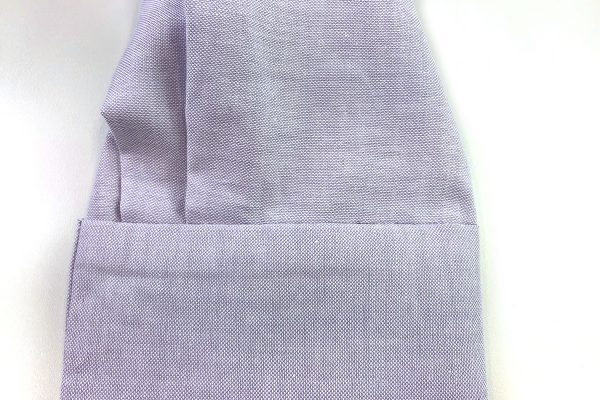
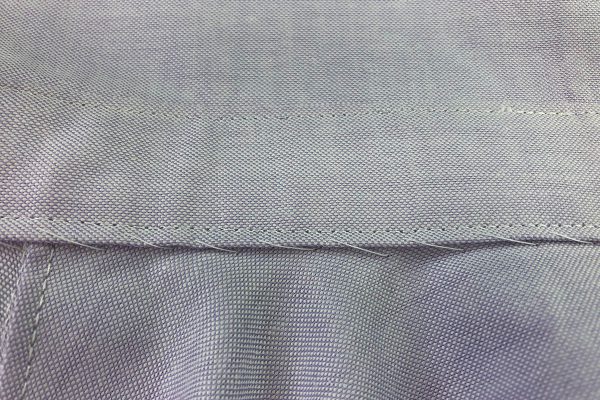
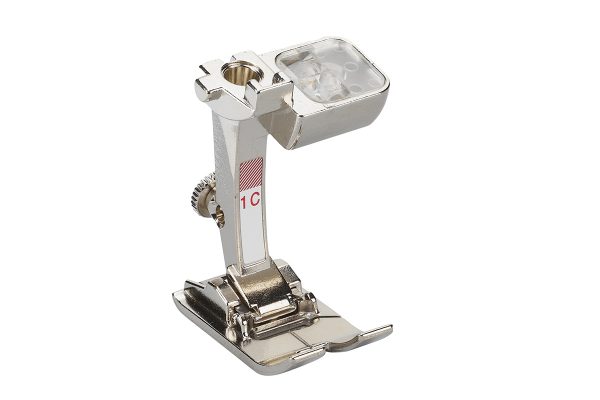
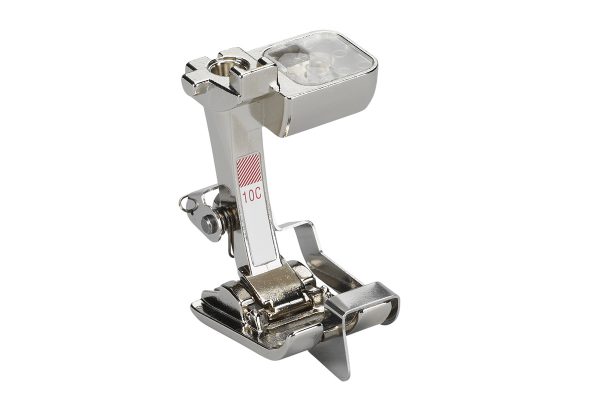
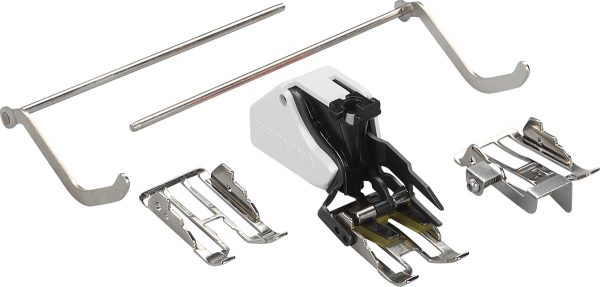
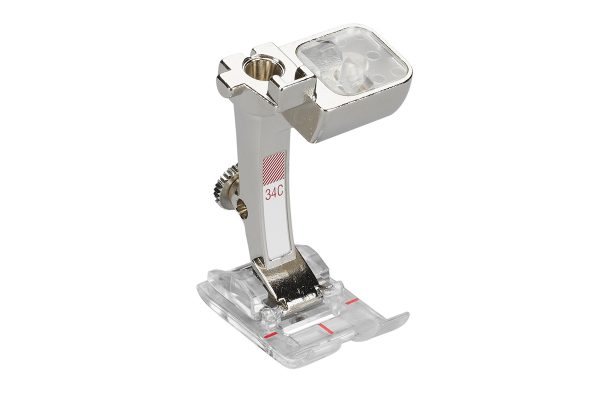
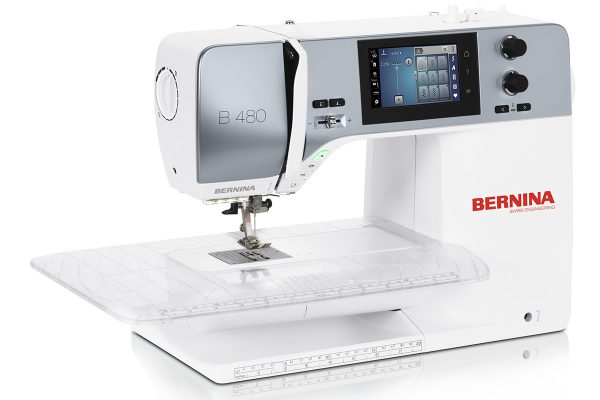
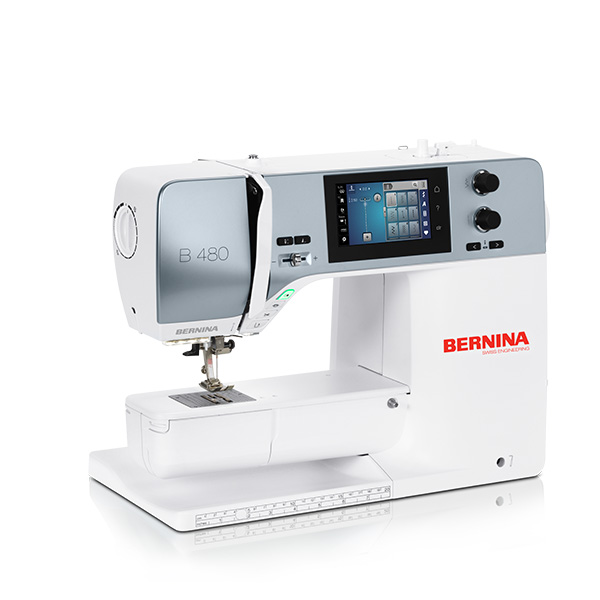
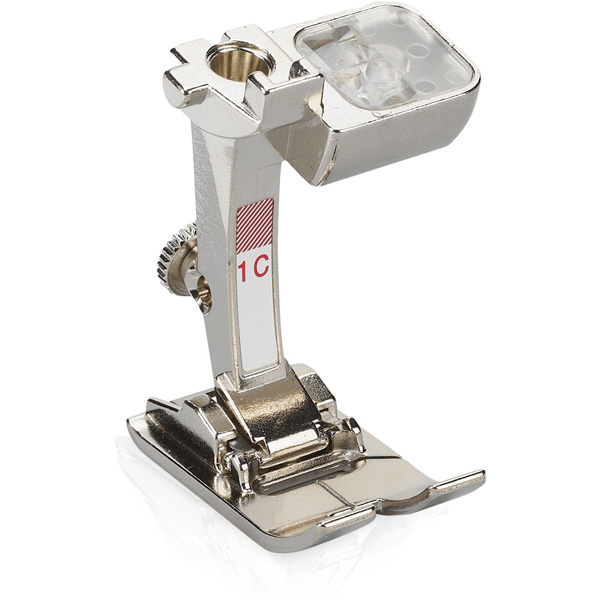
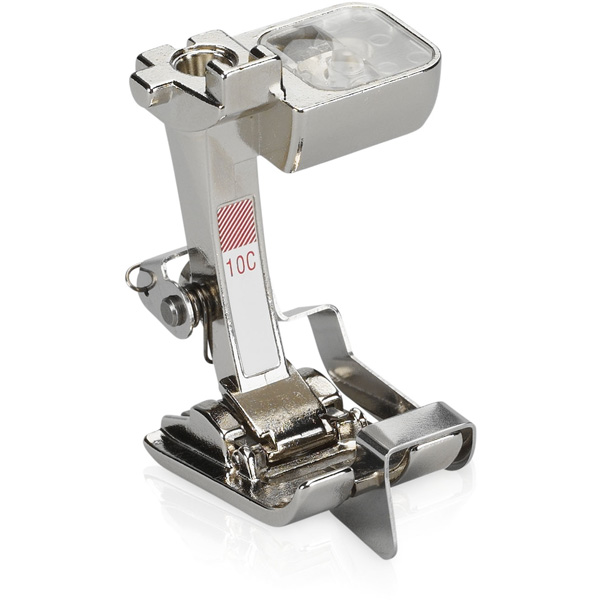
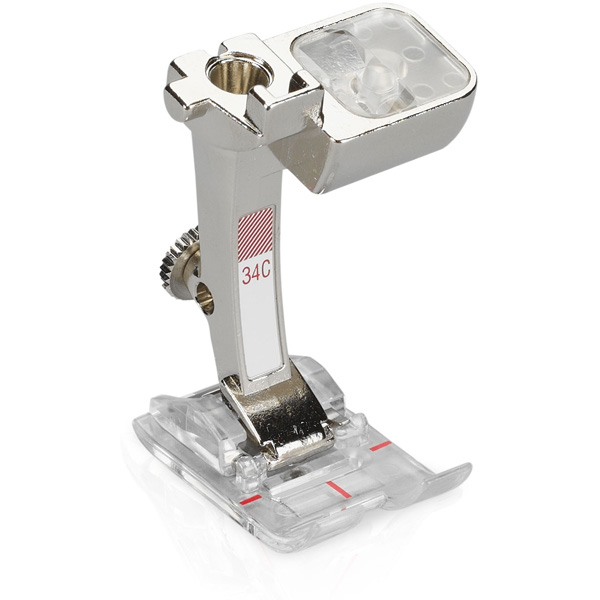
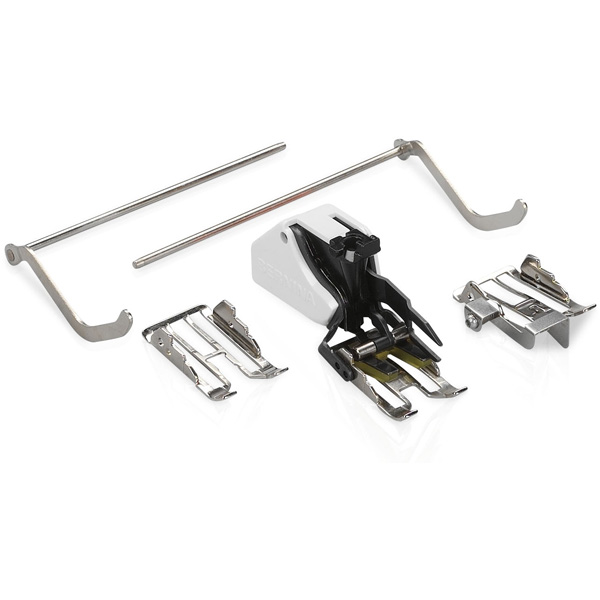
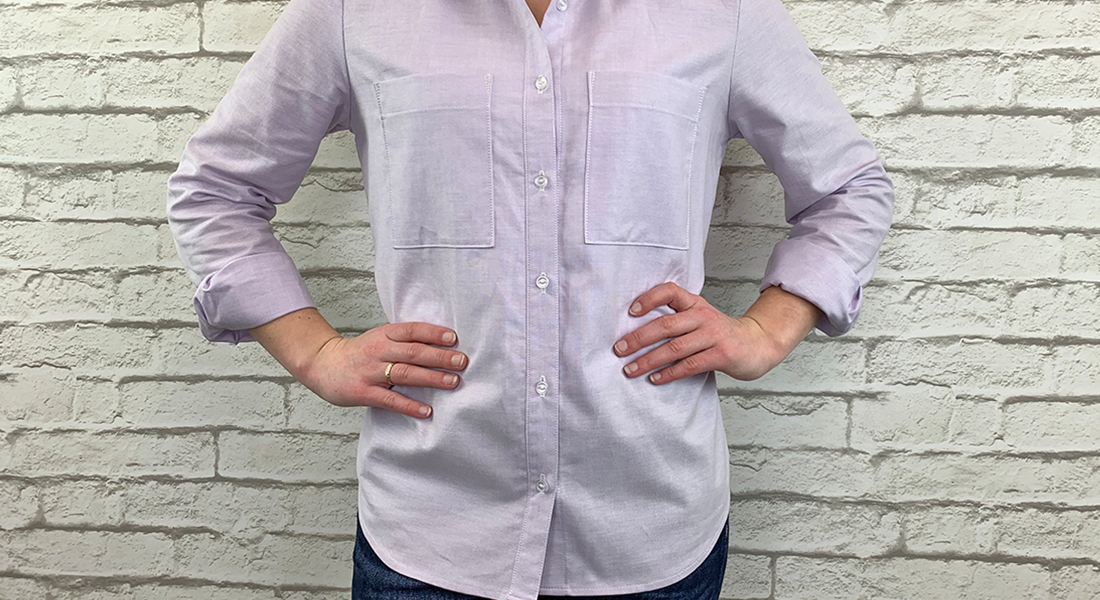
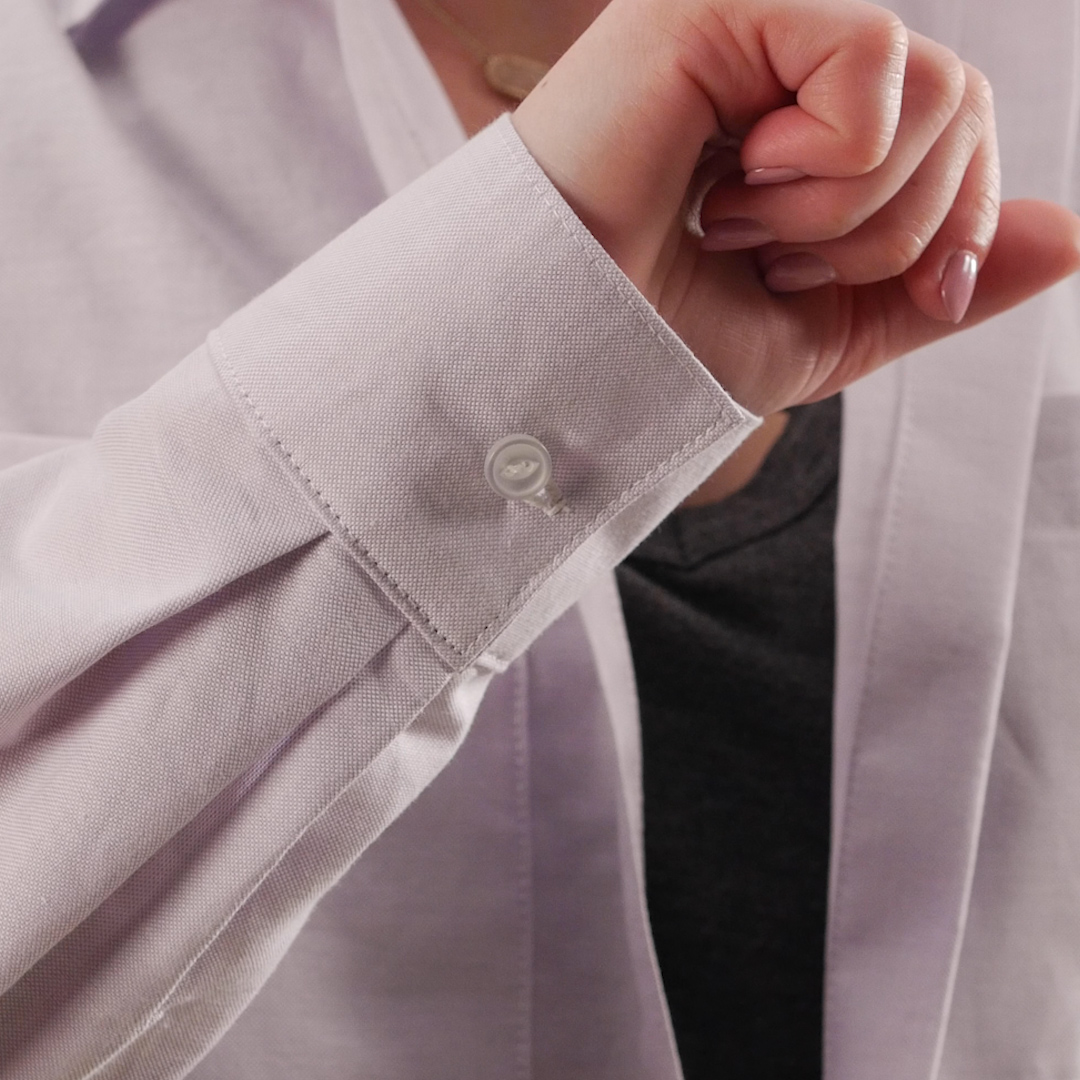
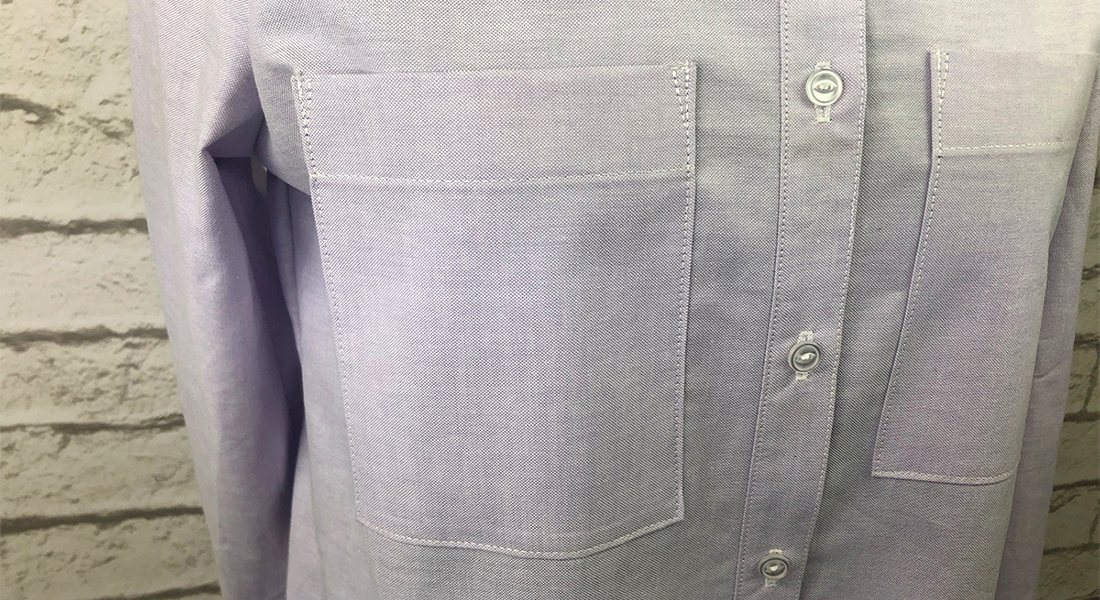
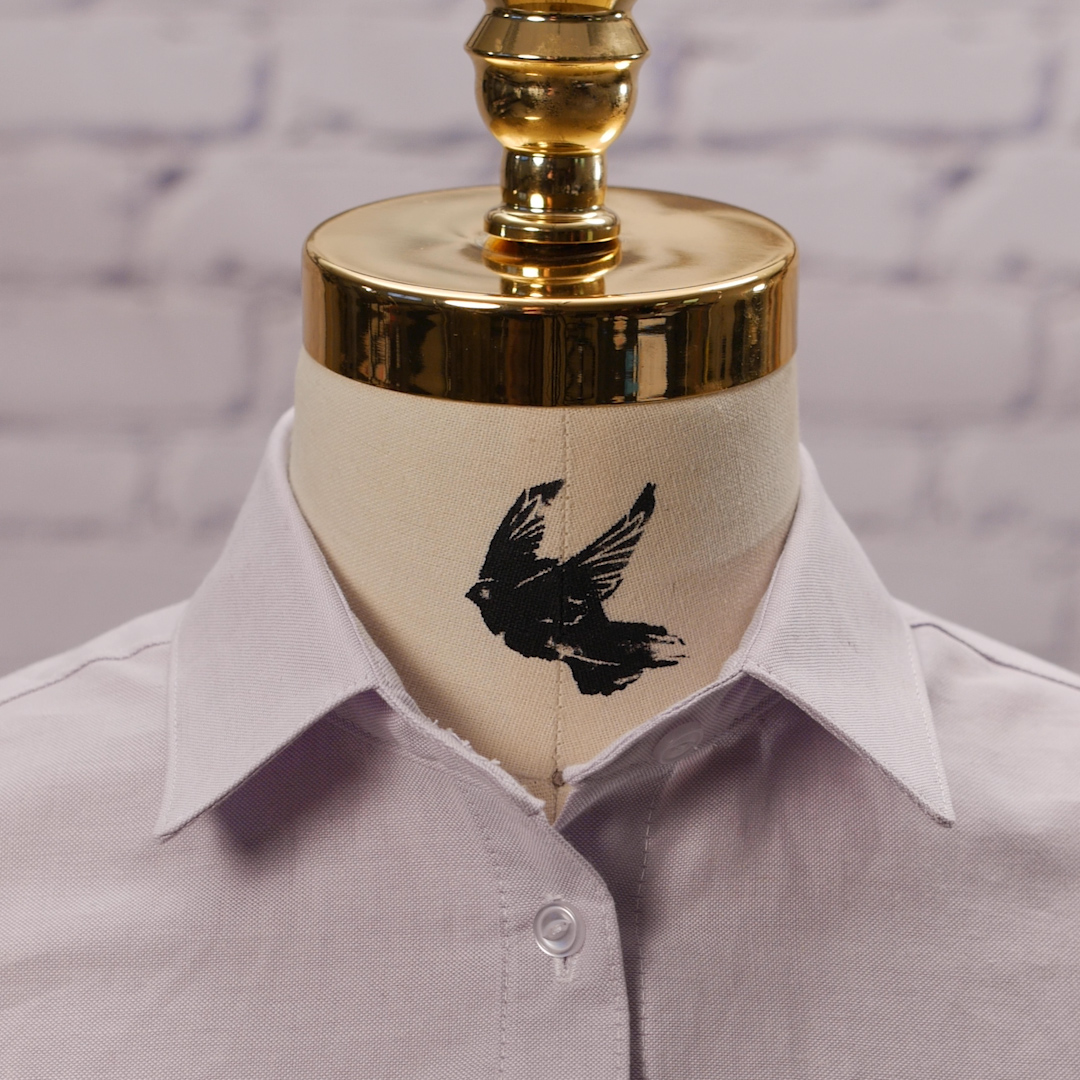
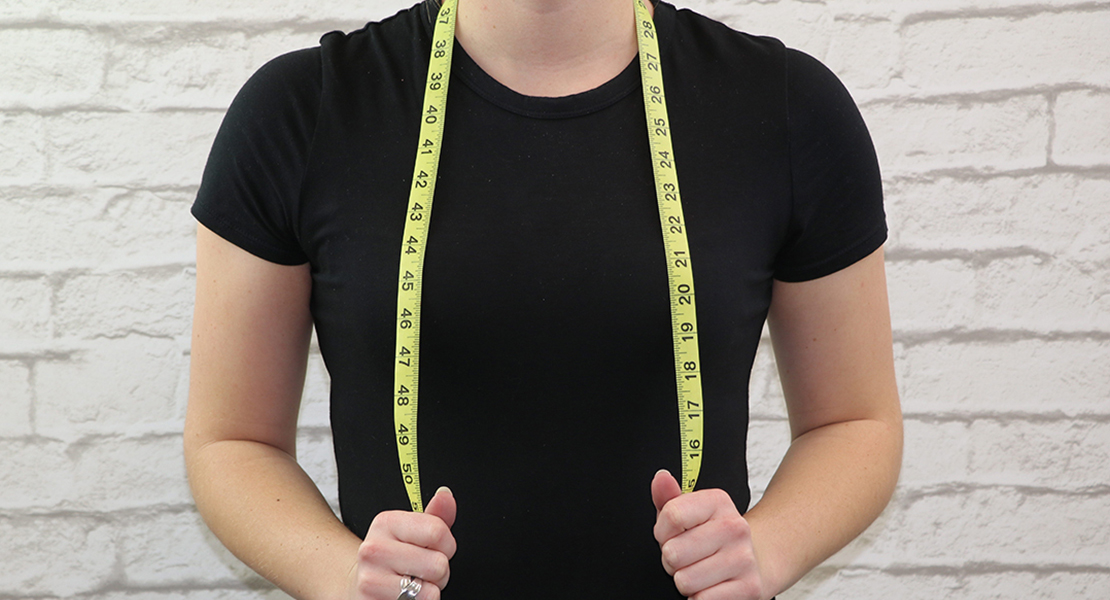
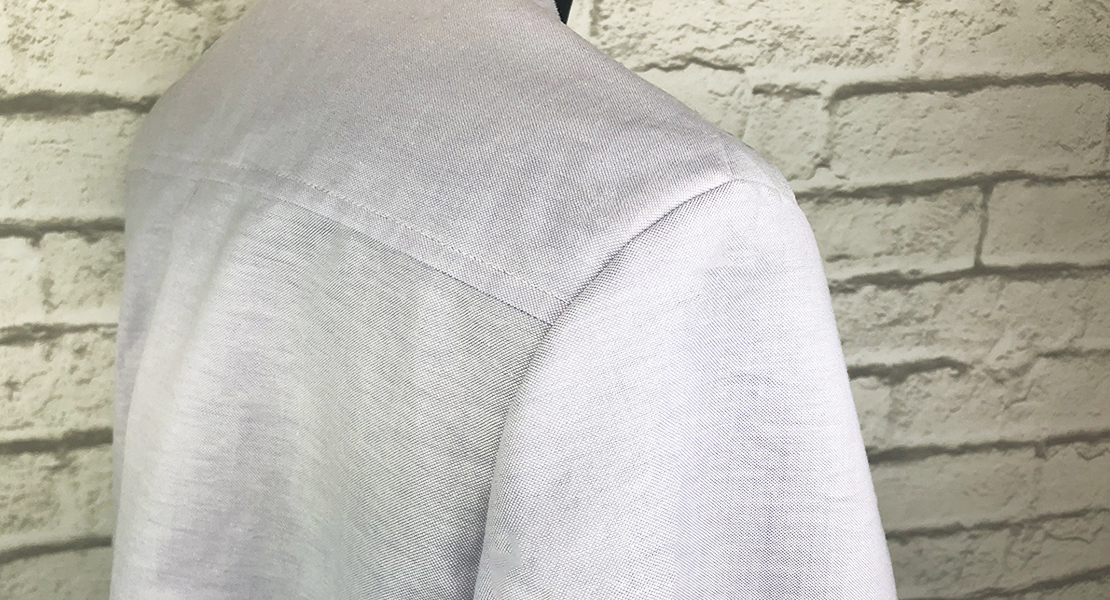
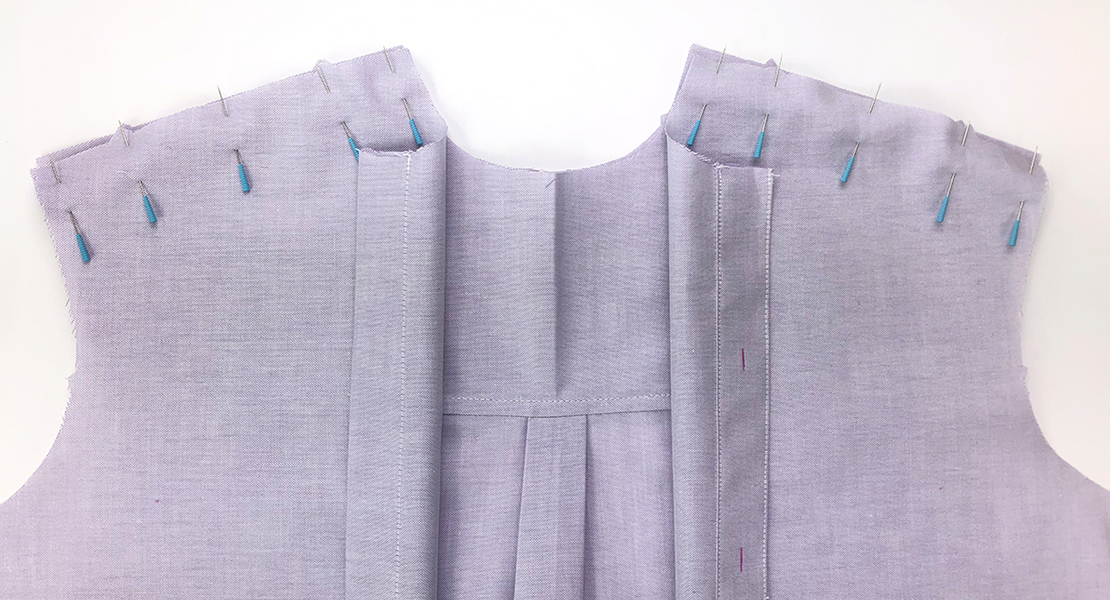
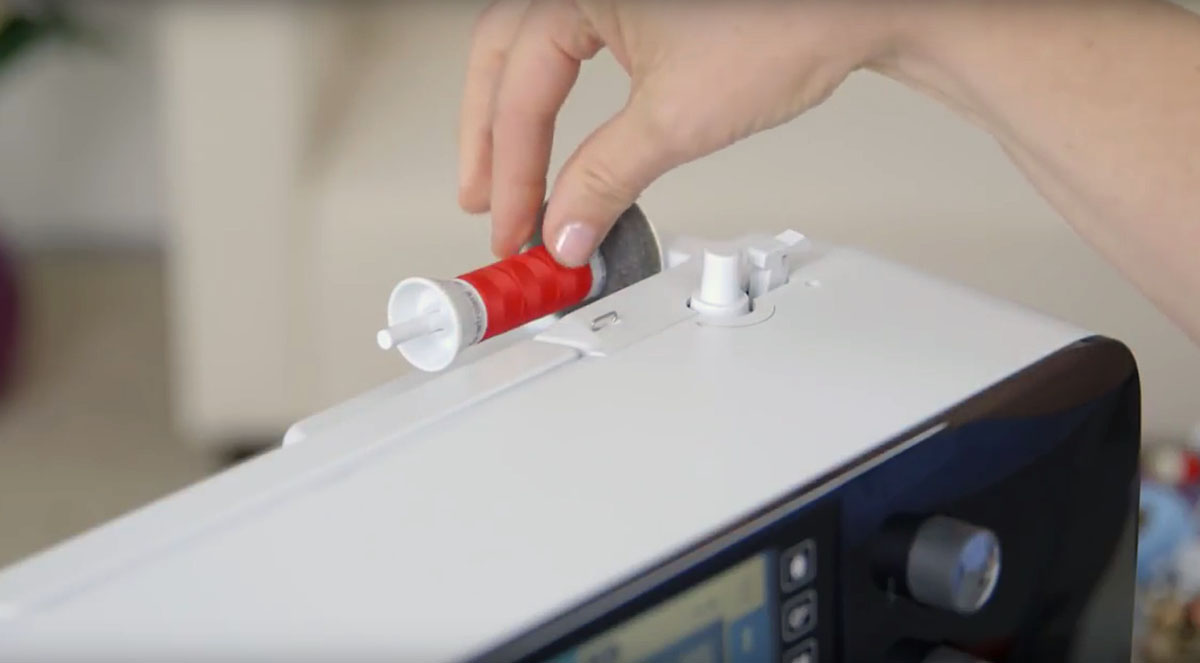
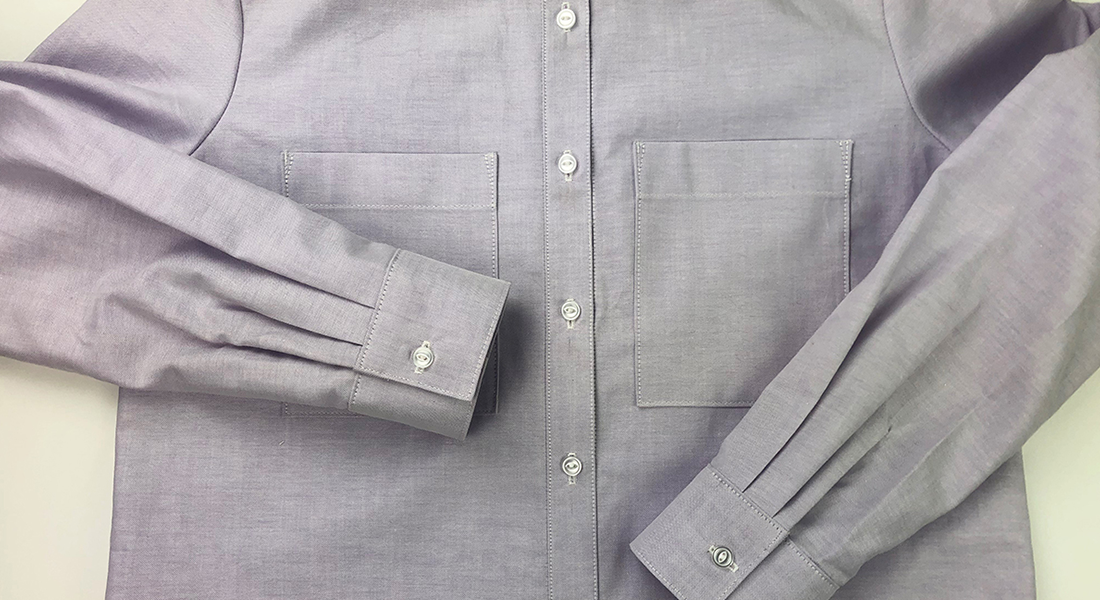
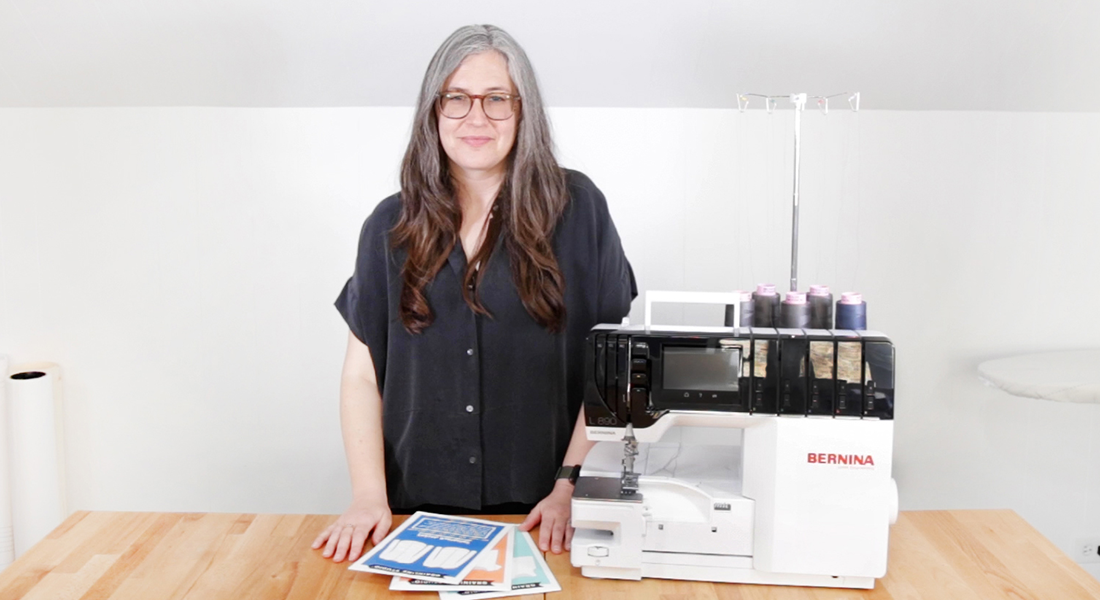
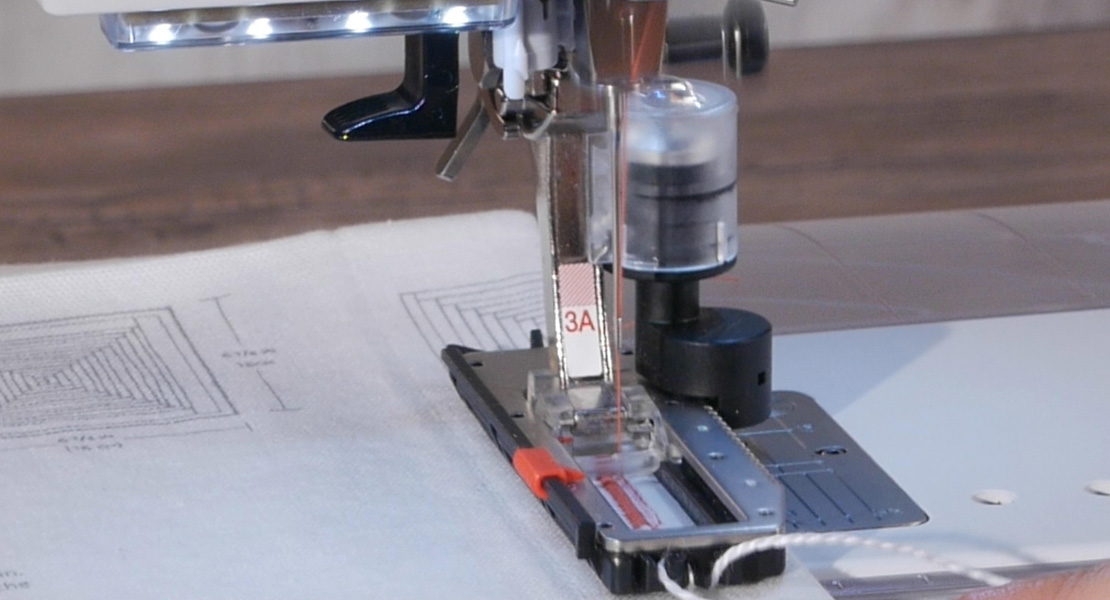
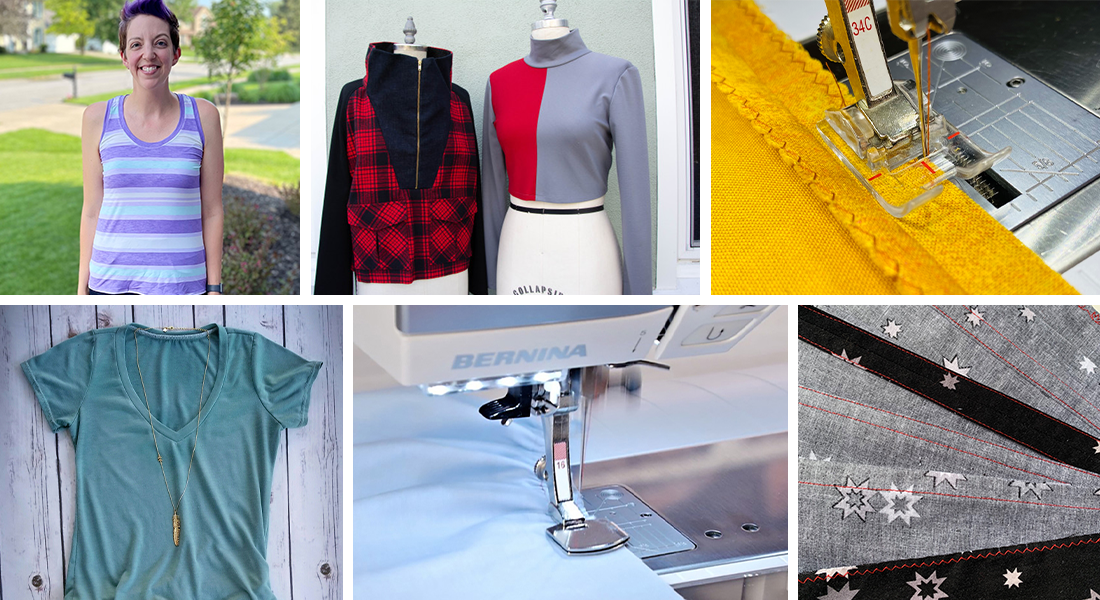

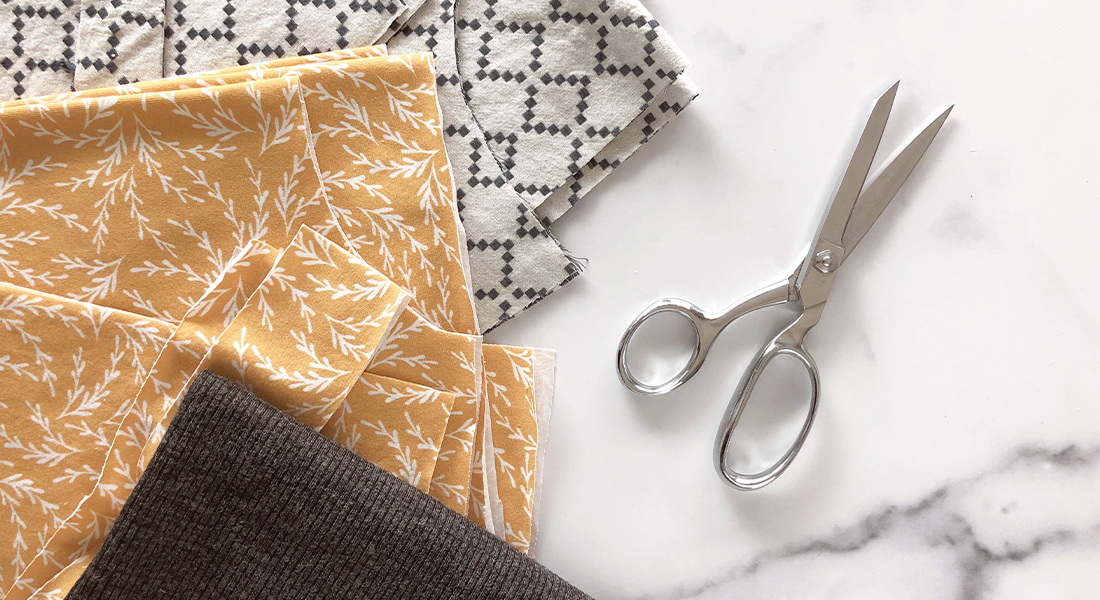
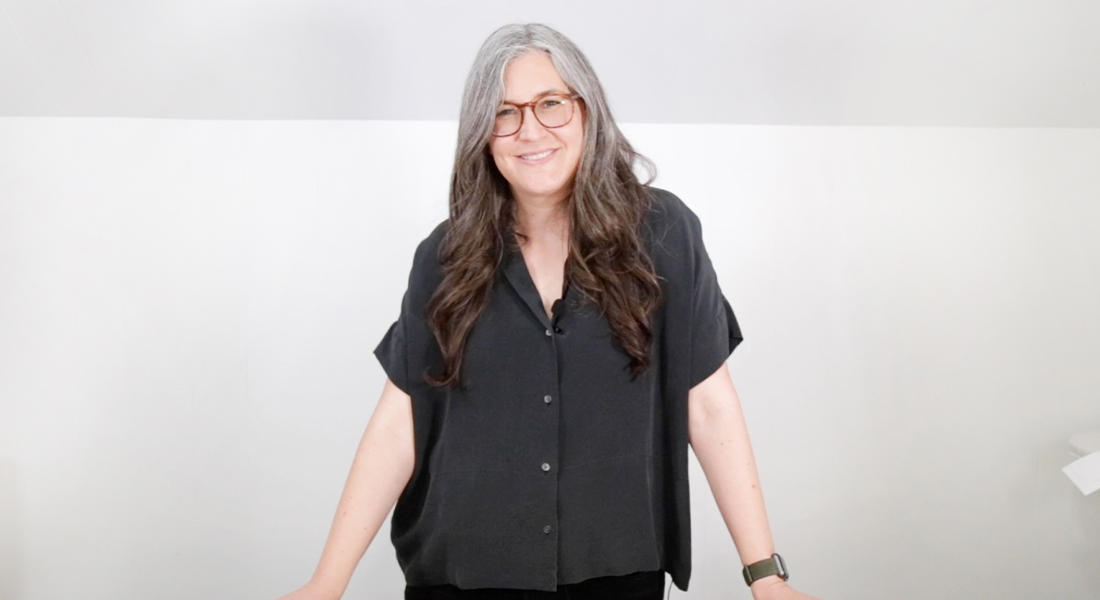
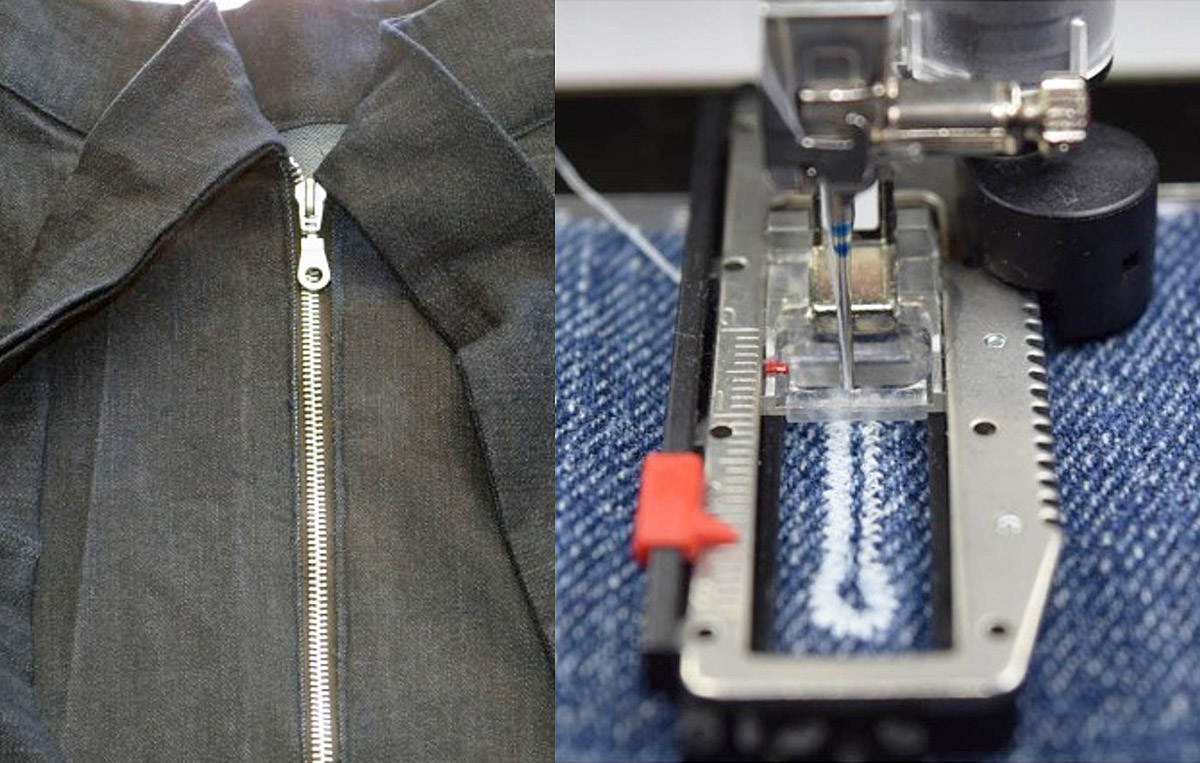
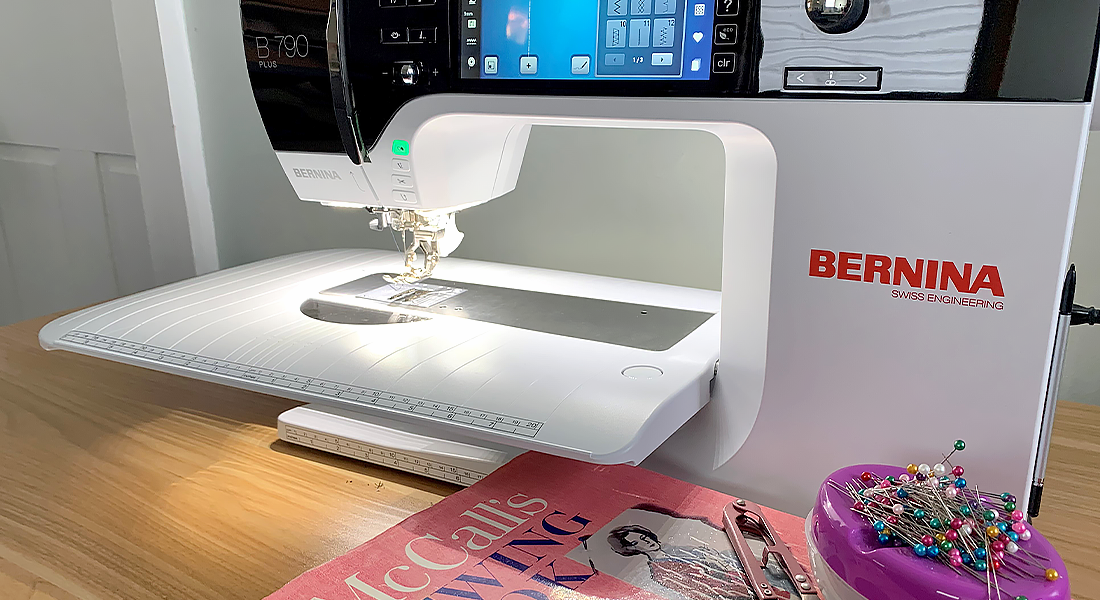


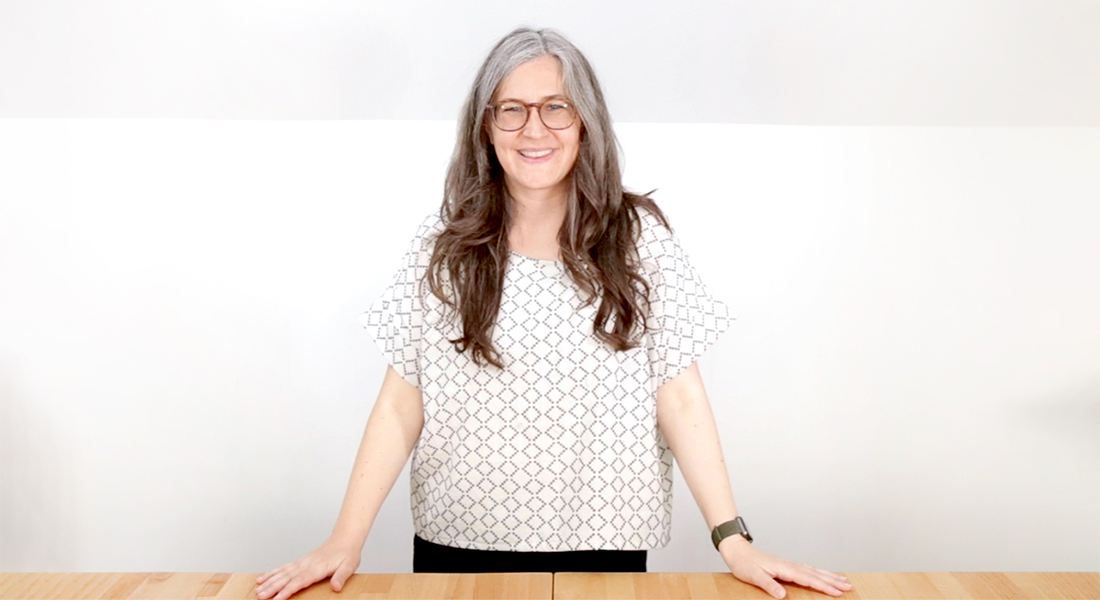

I have just purchased a 570 QE and am following this for a men’s button up shirt. I am a beginner sewer that wants to learn to sew clothes. The 570 QE has a basting stitch that I am trying to understand. In the past I did what you mentioned in the post and increased the stitch length on the straight stitch but it still takes time to pull that stitch out. Can you offer any insight into the built in basting stitch on the Bernina? I tried it but it came right out so I don’t know what I did wrong.
I would like to use a 3 thread narrow overlock but I worry that it is not appropriate for the fabric that I have chosen. I have a 6.5oz cotton denim fabric for my shirt. I have read that the 3 thread narrow overlock is more for stretch fabrics and light fabrics. What is your experience? Thank you.